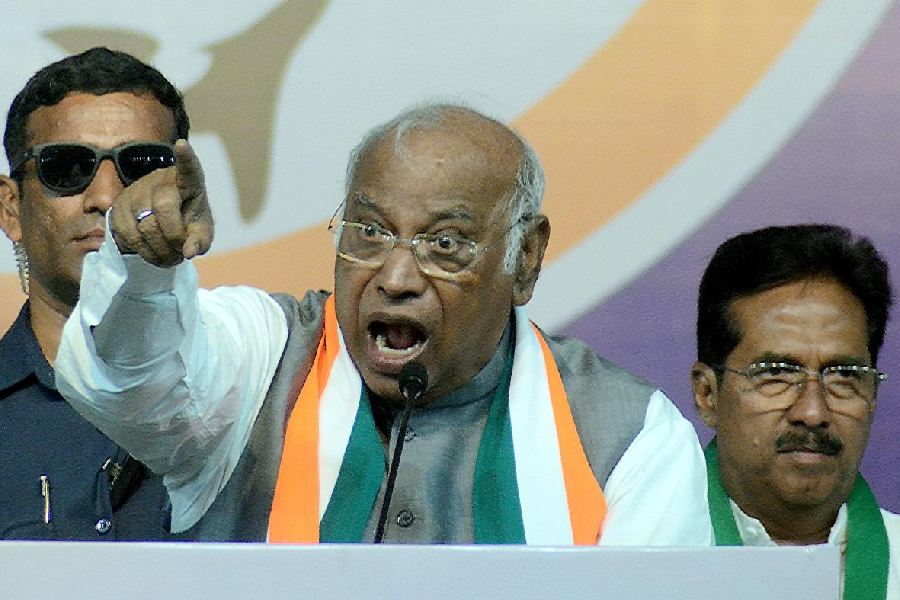Health insurance as an annual investment tool is gaining prominence among Indians. The ones with health cover benefitted from its coverage during the Covid-19 phase. For the others, the risk of incurring out-of-pocket expenses drove them to the realisation that health insurance is a viable financial risk mitigation tool.
As people realise that against a nominal premium, they can save themselves financial liabilities running up to a few lakhs, insurance companies are witnessing a surge in health insurance related inquiries. With changing market dynamics, health insurers are coming up with several coverage options that one must consider before getting themselves a health insurance. Here are the top five options.
Super cumulative bonus
Health insurance is usually an annual policy. In case one does not make a claim during the policy period, the insurance company offers a reward at the time of renewal by increasing the policy coverage limit by a certain percentage, called the cumulative bonus. Earlier, it used to be 10-15 per cent every policy year but given the medical inflation, these days insurance companies are offering much higher percentages.
Let’s understand this with an example. Mr X had opted for a coverage limit of 5 lakh for his health insurance policy and started at an early age. He incurred no claims in the first year, and so earned a super cumulative bonus of 50 per cent on the base amount, thus increasing his coverage up to Rs 7.5 lakh. He did not face any claims in the second year also and so he again received a 50 per cent super cumulative bonus on the original coverage limit, thus increasing it to Rs 10 lakh. This is double of what he had opted for while buying the policy.
In the event of claim, his cumulative bonus may get reduced by 10 per cent of the basic sum insured at the subsequent renewal.
Recharge option
This is a benefit that will help one if they have exhausted the coverage limit of their health insurance policy in the event of a claim.
For example, Mr X had opted for a sum insured limit of Rs 5 lakh at the time of buying a policy. He then faced a health emergency and the bill amount from the hospital exceeded the sum insured and amounted to Rs 6 lakh. Here, since his policy offered a recharge benefit, the same got triggered. This benefit is expressed as a percentage.
Let’s say for this particular policy, the recharge benefit was 20 per cent. So, once the Rs 5-lakh benefit was exhausted, Mr X got an additional recharge of 20 per cent of Rs 5 lakh, that is Rs 1 lakh without any additional premium. This facility cushioned him when his hospital expenses exceeded his coverage limits. Thus, the client’s claim for Rs 6 lakh gets covered here at no extra cost at point of claim.
Reinstatement benefit
This is like opting for a back-up insurance within one’s existing insurance plan. This benefit comes at an added cost, but is immensely helpful in case one exhausts all his or her opted coverage amount.
For example, Mr X opts for a coverage of Rs 5 lakh and exhausts the policy limit while treating a serious injury from an accident. Later in the year, he gets hospitalised for Dengue, but since he had exhausted his limit, he would have to incur the expenses from his pocket for any further medical treatments. Here, the reinstatement benefit, if already opted/covered at the time of policy inception, is a great boon.
With this facility, even after one exhausts the entire sum insured limit, the policy coverage gets restored back to Rs 5 lakh. However, one should check if the same illness is covered and is there’s any waiting period on the reinstatement.
Infinite sum insured
Sum insured is the health insurance coverage limit that one opts for in his or her health insurance policy.
As Mr X chose Rs 5 lakh as his coverage for health insurance, this is his sum insured. Now there are policies in the market where one gets an option to choose an infinite sum insured. For this, one has to first choose a coverage limit according to the per day room rent option which may range from Rs 3,000-Rs 50,000. The policy then offers 100 times of the chosen per day room rent limit as the coverage limit. So, if Mr X chose Rs 10,000 as the per day room rent, the coverage will be up to 100 times, that is up to Rs 10 lakh. However, in this policy the coverage and the claim amount doesn’t end there. If Mr X’s claim amount exceeds beyond the limit of 100 times, then he has to share a certain percentage for the remaining claim amount with his insurance company. This sharing of claim amount is call “co-pay” and it is usually a percentage. A co-payment of 15 per cent, 20 per cent, or 25 per cent may be opted for an infinite sum insured policy, and this co-payment percentage has to be chosen by the insured at the time of policy purchase.
Wellness benefits
Insurers reward their customers in various ways such as discounted outpatient consultations or treatments, health check-ups and also membership in fitness centres. This additional feature not only encourages customers to lead a healthy lifestyle, but also enables them to monetise the reward points earned by following the wellness regime. This helps one to achieve the twin objectives of good health and an affordable insurance.
The writer is MD & CEO, Bajaj Allianz General Insurance











